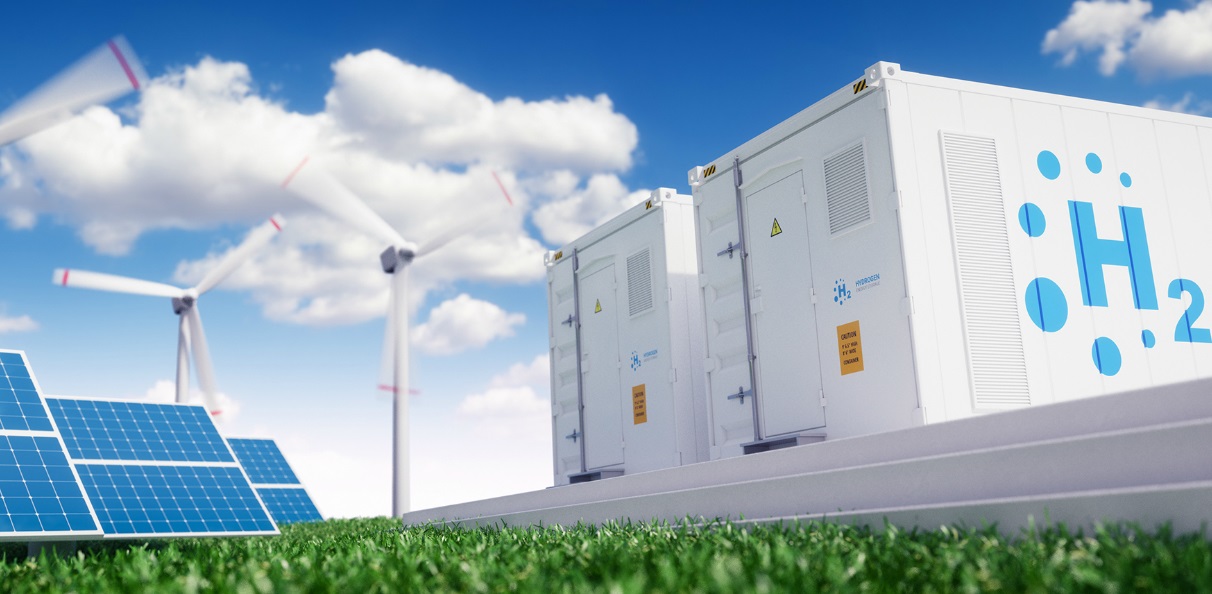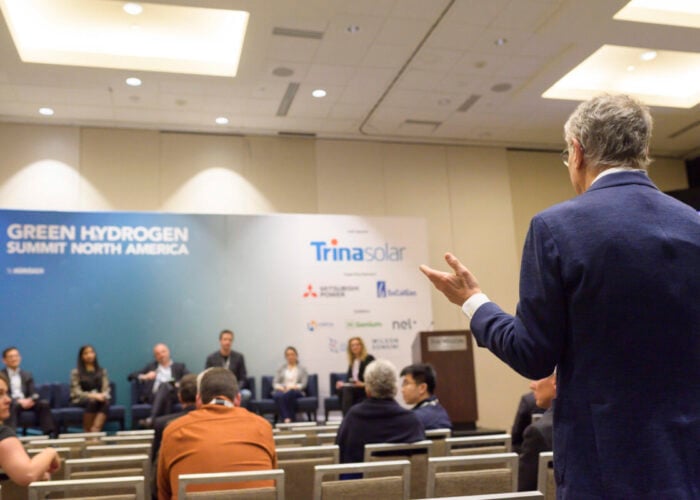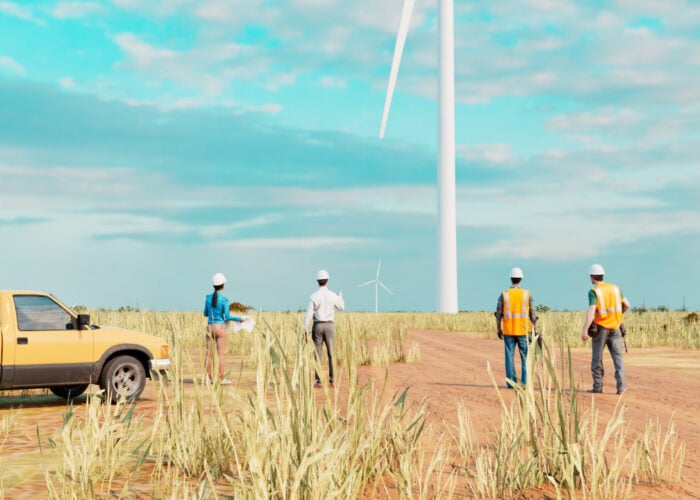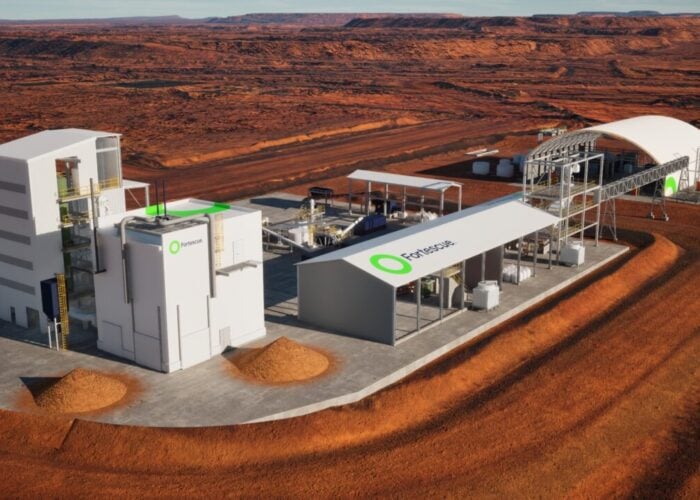
Annual global investments in green hydrogen are on track to exceed US$1 billion by 2023 as production costs fall and governments increase their support for the technology.
That is according to research firm IHS Markit, which says investment in electrolysis “is booming around the world” and forecasts operating capacity of more than 23GW to be developed by 2030.
Try Premium for just $1
- Full premium access for the first month at only $1
- Converts to an annual rate after 30 days unless cancelled
- Cancel anytime during the trial period
Premium Benefits
- Expert industry analysis and interviews
- Digital access to PV Tech Power journal
- Exclusive event discounts
Or get the full Premium subscription right away
Or continue reading this article for free
Frederick Ritter, senior research analyst at IHS Markit, said that with green hydrogen’s potential to become a whole new sector of electricity demand, large-scale development of renewable generation will be required to support it, particularly in regions with high-quality clean energy resources.
Green hydrogen production costs are said to have dropped by 40% since 2015, with the same reduction expected by IHS Markit for the next five years. Cheaper renewable power has accounted for two-thirds of the reduction in the cost of green hydrogen seen since 2015, with one-third due to the lower cost of electrolysis equipment.
By 2030, the firm predicts green hydrogen costs could drop below US$2/kg. “This cost is the holy grail for electrolysis as this is where green hydrogen starts becoming competitive with traditional hydrogen,” said Soufien Taamallah, director of energy technologies and hydrogen, IHS Markit.
While concerns have been raised about the lack of government action to support green hydrogen, countries have included investment in the technology as part of their post-COVID recovery plans and long-term climate strategies.
Chile, Portugal and France are looking to boost production, while the European Union has called for as much as 120GW of additional solar and wind to power electrolysers and meet its 2030 hydrogen targets. Meanwhile, the potential for transporting green hydrogen from Australia to Germany is being explored as part of a new feasibility study by the countries.
According to new research from EY, the use of hydrogen is also expected to have a key role in helping countries reach net zero. In its recently published Renewable Energy Country Attractiveness Index, EY said that the ability to convert excess renewable electricity into hydrogen – to create a chemical battery with greater storage capacity – will be a “game-changer”.






